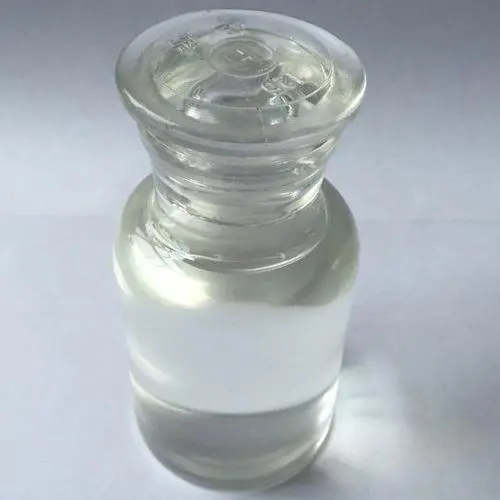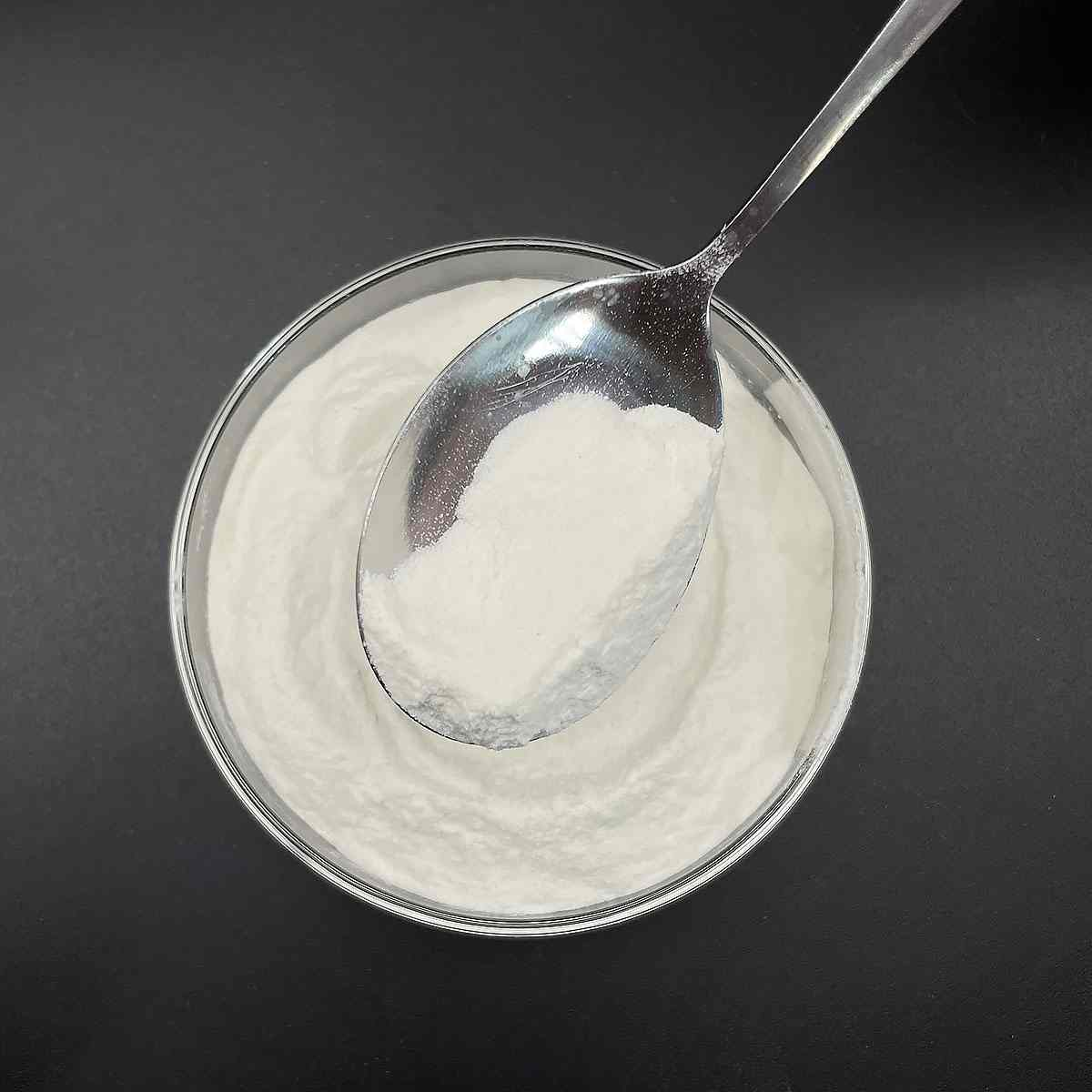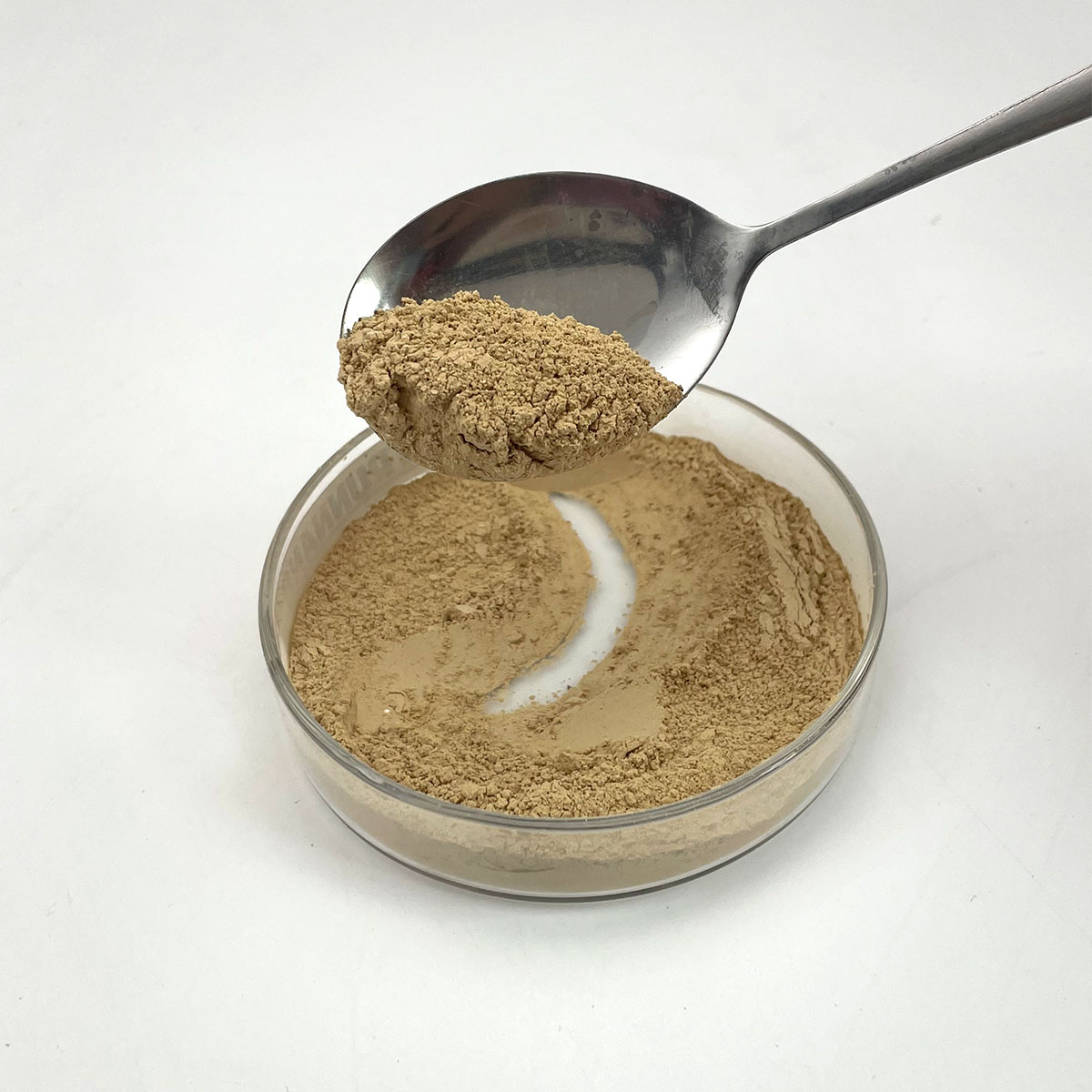1. Introduction
Just 24 hours ago, the U.S. Environmental Protection Agency (EPA) announced a new fast-track review process for low-toxicity adjuvants in herbicide formulations—sparking renewed interest in sodium lauryl sulfate as a cost-effective, biodegradable surfactant for next-gen weed control. While most consumers recognize sodium lauryl sulfate (SLS) from shampoos and toothpastes, its role in agriculture is far less known but equally impactful.

In precision farming, getting herbicides to stick to and penetrate tough plant cuticles—especially on invasive weeds like Palmer amaranth—is a major challenge. That’s where SLS, also known as sodium dodecyl sulfate or na lauryl sulfate, steps in. This article dives into how this humble anionic surfactant is quietly revolutionizing agricultural spray efficacy.
2. Why Surfactants Matter in Herbicides
The meaning of surfactant is simple: it’s a surface-active agent that reduces surface tension. In herbicide applications, surfactants act as wetting agents, helping liquid solutions spread evenly across leaf surfaces instead of beading up and rolling off. Without them, even the strongest weed killer might fail.
For grass and broadleaf weeds with waxy coatings, a lawn wetting agent like sodium lauryl sulfate can mean the difference between total control and wasted chemicals. Unlike nonionic surfactants such as polysorbate 80 or ethoxylated alcohols, anionic surfactants like SLS carry a negative charge that enhances interaction with plant membranes.
3. Sodium Lauryl Sulfate in Modern Herbicide Blends
Sodium lauryl sulfate for sale is increasingly sought after by agrochemical formulators not just for its performance but also its compatibility with bio surfactants and lower environmental persistence compared to legacy options like sodium dodecylbenzene sulfonate.

In tank mixes, SLS is often combined with other surfactants to create synergistic effects. For example:
- Methylated seed oil boosts penetration but can cause phytotoxicity; SLS moderates this while improving coverage.
- Alkyl polyglucoside (like decyl glucoside or coco glucoside) offers eco-friendly nonionic properties, but lacks the spreading power of anionic surfactants—so SLS fills the gap.
- Amphoteric surfactants like cocamidopropyl betaine (also called coco betaine or amidopropyl betaine) add foam stability and reduce irritation in foliar sprays, complementing SLS’s primary wetting function.
4. How SLS Compares to Other Common Surfactants
Not all surfactants are created equal. While sodium laureth sulfate (also called sodium lauryl ether sulfate or sodium lauryl ether sulphate) is milder and preferred in shampoos, it’s less effective in hard water—a common issue in field applications. SLS, by contrast, maintains performance across varied water chemistries.
Cationic surfactants like cetyl trimethyl ammonium bromide (CTAB) or cetyltrimethylammonium bromide bind strongly to plant surfaces but can deactivate glyphosate and other anionic herbicides. That’s why anionic cationic blends must be carefully engineered—or avoided altogether.
Fluoro surfactants offer ultra-low surface tension but raise environmental and regulatory red flags. Meanwhile, bio surfactants like sodium cocoyl glutamate or sodium lauroyl sarcosinate are gaining traction but remain cost-prohibitive for large-scale use. SLS strikes a practical balance: effective, affordable, and increasingly available from suppliers like Rohit Surfactants Private Limited.

5. Practical Use in the Field
Farmers using products like Roundup often ask, ‘How much surfactant per gallon of water?’ The typical recommendation for sodium lauryl sulfate is 0.25% to 1% v/v—roughly 1–4 teaspoons per gallon—depending on weed species and leaf waxiness.
Unlike ammonium lauryl sulfate (or ammonium dodecyl sulfate), which can volatilize in heat, SLS remains stable under field conditions. It’s also compatible with common adjuvants like Span80, Pluronic 127, and lignin sulfonate, making it a versatile backbone in custom herbicide cocktails.
Importantly, SLS works well as a surfactant for weed killer even in low-drift formulations, where droplet size and surface adhesion are critical. It’s also being tested in drone-based precision spraying systems, where consistent droplet behavior is non-negotiable.
6. Safety and Sustainability Considerations
While SLS is biodegradable, concerns about aquatic toxicity persist. However, when used responsibly in agricultural settings—far from waterways—it poses minimal risk. New formulations are pairing SLS with natural co-surfactants like sodium oleate or sodium deoxycholate to further reduce environmental impact.
Regulatory shifts, like the EPA’s recent move, may soon favor SLS over more persistent alternatives. Its simple chemical structure (derived from dodecyl alcohol) and clear degradation pathway make it a strong candidate for ‘green’ herbicide adjuvant certification.
7. Conclusion
From bathroom shelves to farm fields, sodium lauryl sulfate proves its versatility time and again. In advanced agricultural applications, it’s not just a cheap filler—it’s a precision tool that enhances herbicide performance, reduces chemical waste, and supports sustainable weed management. As farming demands smarter, cleaner solutions, SLS—and its close relatives like sodium coco sulfate and lauroyl sarcosinate—will likely play an even bigger role behind the scenes.
Our Website founded on October 17, 2012, is a high-tech enterprise committed to the research and development, production, processing, sales and technical services of ceramic relative materials such as What. Our products includes but not limited to Boron Carbide Ceramic Products, Boron Nitride Ceramic Products, Silicon Carbide Ceramic Products, Silicon Nitride Ceramic Products, Zirconium Dioxide Ceramic Products, etc. If you are interested, please feel free to contact us.


